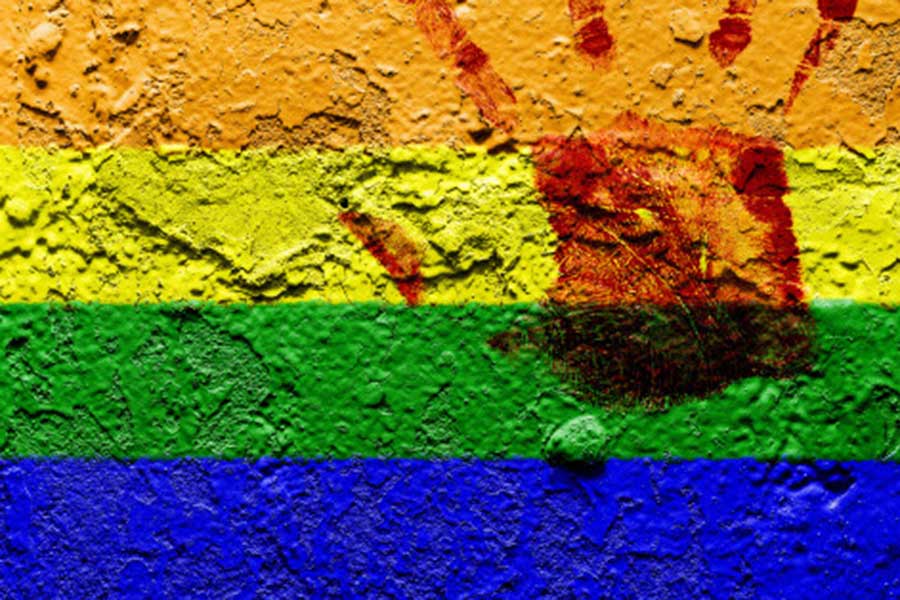Mental-health professionals are advocating for suicide-prevention education to begin as early as elementary schools.
The rate of suicide for LGBTQ youth has risen by more than 70 percent over the past decade, and is on the rise in all children aged 10 and under.
“For the first time ever, we’re seeing a rise in suicide rates for children under the age of 10,” said Dr. Yolanda Graham, the chief medical officer of Devereux Advanced Behavioral Health — one of the nation’s largest and oldest advanced-behavioral healthcare organizations.
Mental illness is beginning to surface at a younger age, Graham said. “It happens not only as a result of genetic-risk factors, but also as a result of the psychosocial stressors combining with those risk factors.”
Suicide is one of the leading causes of death for LGBTQ individuals ages 10-24, Graham said. LGBTQ youth are four times more likely than their heterosexual counterparts to attempt suicide or engage in self-harm, she added.
An increase in suicide awareness in education is needed at the elementary level to help combat these rising numbers, Graham said.
“One of the biggest efforts going on nationally is providing education in the school system. If people aren’t educated on risk factors, then it’s hard to really impact the rate of suicide,” Graham said. “People have a misconception that if you talk about suicide, it will increase the risk, and unfortunately, what we’re seeing is that by not talking about it, the risk is increased.”
In June, the Centers for Disease Control reported that suicide rates in the United States increased in nearly every state from 1999-2016. In Pennsylvania, it has risen 37 percent, with the state’s suicide rate of 16.3 per 100,000, exceeding the national average of 15.4 per 100,000 people.
Graham suggested that educators facilitate more discussions with children to teach them to identify and express their feelings appropriately. For older, middle-school students, these talks should address the various types of violence and bullying, how others are impacted and ways to create safe spaces.
Tia Sharpe, LGBTQ-outreach coordinator at the American Foundation for Suicide Prevention, cited a need for LGBTQ-specific prevention methods.
“Current suicide and prevention trainings aren’t focusing enough on the gender spectrum and the sexual-orientation spectrum. There’s not even a mention of the nonbinary community. That’s a high-risk population within the community and we need more prevention education for trans and gender-nonconforming people.
We’re taking the right step towards raising awareness at these alarming rates, but more can be done to specifically cater to the LGBTQ community when it comes to suicide awareness and prevention,” said Sharpe.
Graham added that there’s also a need to “normalize mental illness and regarding it the same way as medical illnesses.”
“Mental illness is beginning to surface at a younger age,” she said. “People see mental illness as a moral deficiency or a character weakness. The more we avoid talking about it, the more we send the message that there should be shame and stigma attached.”
